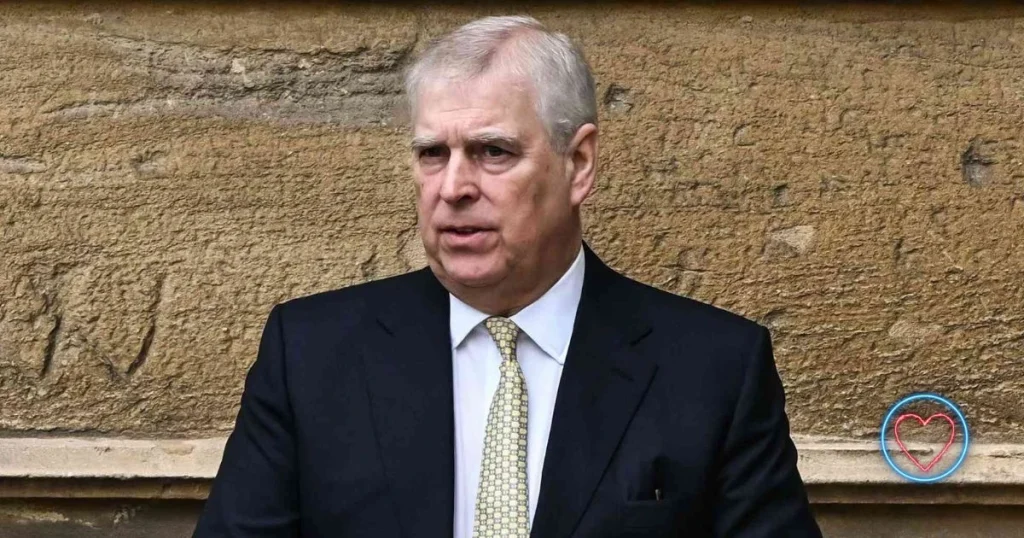In the ever-evolving landscape of American politics, few partnerships have sparked as much interest, influence, and ideological transformation as the alliance between Senator Bernie Sanders and Congresswoman Alexandria Ocasio-Cortez (AOC). What began as a mentor-mentee relationship over a shared vision for progressive change has matured into a formidable alliance that has redefined the Democratic Party’s left flank and galvanized a new generation of political activism.
This article explores the origins, evolution, and broader implications of the Sanders-AOC alliance, offering insight into how two political figures—separated by nearly 50 years in age—came together to challenge the status quo and reshape the conversation around American democracy.
I. The Origins: A Meeting of Minds
The seeds of this alliance were sown during Bernie Sanders’ 2016 presidential campaign. A longtime Independent from Vermont and self-described democratic socialist, Sanders launched a grassroots challenge to Hillary Clinton, the establishment favorite, advocating for policies like Medicare for All, tuition-free public college, and a $15 minimum wage. Although Sanders ultimately lost the nomination, his campaign ignited a political awakening, especially among younger voters, and laid the foundation for a progressive movement.
Among those inspired by Sanders was a then-unknown Alexandria Ocasio-Cortez, a Bronx-born bartender and community organizer who would later run for Congress in 2018 against 10-term incumbent Democrat Joe Crowley—one of the most powerful figures in the House. Her surprise victory, considered one of the biggest political upsets in modern history, instantly made her the face of the progressive left.
Ocasio-Cortez credited Sanders with shaping her political ideology. “He’s the reason I got involved in politics in the first place,” she said during interviews following her win. Their shared vision of economic justice, climate action, and social equity created a natural alliance.
II. The Strength of Shared Values
Despite differences in background, style, and generational experience, Sanders and Ocasio-Cortez are united by a set of deeply held beliefs:
- Universal Healthcare: Both advocate for a single-payer, Medicare-for-All system that guarantees healthcare as a human right.
- Green New Deal: AOC introduced the Green New Deal resolution in 2019, while Sanders championed similar ideas in his campaign, making climate justice a cornerstone of his platform.
- Economic Redistribution: They seek to close the wealth gap through progressive taxation, corporate accountability, and workers’ rights.
- Campaign Finance Reform: Rejecting corporate PAC money, they rely heavily on grassroots fundraising, amplifying their populist appeal.
Their commitment to these values has made them a consistent voice for working-class Americans who feel left behind by neoliberal economic policies.
III. Political Theater Meets Authenticity
A unique feature of the Sanders-AOC alliance is the blending of styles. Sanders is gruff, uncompromising, and policy-heavy, often invoking Rooseveltian language to criticize “millionaires and billionaires.” AOC, on the other hand, brings charisma, media savvy, and a millennial fluency that resonates on platforms like Twitter and Instagram.
Rather than clash, their differences complement each other. AOC often acts as the communicator and cultural translator of Sanders’ more austere message. During Sanders’ 2020 campaign, AOC’s endorsement was a seismic moment. She not only stumped for him across the country but also revived campaign energy after his heart attack, reinforcing her commitment and credibility.
Together, they formed a bridge between the old guard of progressive politics and the new wave of Democratic Socialists and Gen Z activists. Their events, such as joint rallies and climate town halls, drew thousands and helped frame the progressive agenda as both urgent and achievable.
IV. Navigating the Democratic Establishment
One of the most fascinating dynamics in the Sanders-AOC relationship is how they navigate their uneasy alliance with the Democratic Party. Sanders, an Independent who caucuses with Democrats, has always been an outsider. AOC, though a Democrat, is also a member of the Democratic Socialists of America and often at odds with party leadership.
Yet both understand the importance of working within the system to achieve lasting change. Over time, AOC has demonstrated a pragmatic streak—endorsing Democratic candidates in tight races and working on bipartisan legislation. Sanders, too, has shown flexibility, especially in 2020 when he quickly endorsed Joe Biden to unify the party against Donald Trump.
Their alliance has thus evolved from pure ideological insurgency to strategic engagement—a balancing act between idealism and political reality.
V. Criticism and Controversy
With visibility comes scrutiny. Critics from both the right and moderate left have lambasted the duo for their stances. Detractors argue that their proposals are “unrealistic” or “too radical,” warning that such policies could alienate centrist voters.
Even within progressive circles, some have questioned AOC’s occasional compromises or Sanders’ decision to step aside in 2020. The challenge has always been maintaining ideological purity while advancing practical gains in an often hostile political environment.
Yet both Sanders and AOC have consistently defended their approach, emphasizing that systemic change is a marathon, not a sprint. They argue that shifting the Overton window—what’s considered politically possible—is in itself a victory.
VI. Influence Beyond the Ballot
What distinguishes Sanders and Ocasio-Cortez is their impact beyond traditional politics:
1. Movement Building
Both have been instrumental in building a progressive ecosystem—supporting organizations like Sunrise Movement, Justice Democrats, and Our Revolution. These groups recruit, train, and support progressive candidates nationwide.
2. Shaping Policy
Their influence has been felt in actual legislation. Elements of the Green New Deal, while not fully passed, have shaped the conversation around climate change. Sanders’ influence pushed Biden leftward on issues like student debt and the minimum wage.
3. Digital Disruption
By bypassing traditional media and leveraging digital platforms, they’ve democratized political communication. AOC’s Instagram Lives on Capitol Hill and Sanders’ viral videos have reshaped how politicians engage the public.
VII. The Road Ahead: 2025 and Beyond
In 2025, both Sanders and AOC remain pivotal figures in American politics, though their roles are evolving.
At 83 years old, Bernie Sanders is no longer a presidential hopeful, but he continues to be an influential voice in the Senate and a moral compass for the progressive left. He chairs powerful committees and uses his platform to advocate for labor rights and healthcare reform.
AOC, now in her fourth term, is no longer a freshman firebrand but a seasoned legislator. She is rumored to be eyeing a Senate run or even a future presidential bid, though she has not confirmed any such intentions. Her increasing influence within the Democratic Party signals a shift in the party’s ideological center.
Together, they continue to mentor a new wave of young progressive leaders—people like Cori Bush, Summer Lee, and Greg Casar—ensuring that the movement they’ve built endures beyond their tenure.
VIII. Cultural Resonance
Beyond policy, the Sanders-AOC alliance has become a cultural phenomenon. Their personas have been memorialized in memes, murals, and even Halloween costumes. They symbolize resistance for some, hope for others, and a new political paradigm for millions.
They’ve also changed the demographics of power. AOC’s rise as a Latina from the Bronx has inspired countless young women of color to envision themselves in leadership roles. Sanders’ consistency over five decades has made him a symbol of political integrity.
Conclusion: A Legacy Still in the Making
The alliance between Bernie Sanders and Alexandria Ocasio-Cortez is more than a political partnership—it’s a movement. It bridges generations, connects grassroots activism with legislative action, and offers a bold alternative to both conservatism and centrism.
In an era marked by political cynicism and disillusionment, Sanders and AOC provide a rare combination of authenticity, vision, and courage. Whether or not their most ambitious policies become law, their influence is undeniable. They’ve changed the conversation, expanded the political imagination, and proven that ideas once considered fringe can become mainstream.
As we look to the future, one thing is clear: the Sanders-AOC alliance will be studied for years to come as a defining chapter in 21st-century American politics—a testament to what’s possible when conviction meets action, and generations unite for justice.











